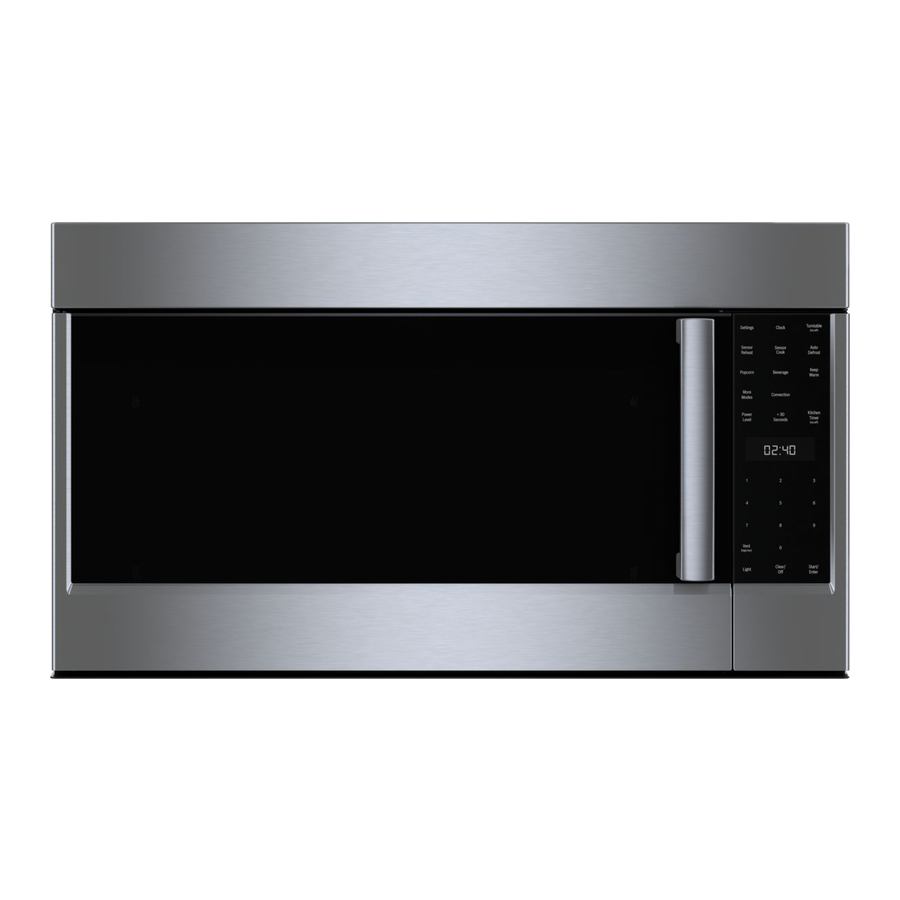en-us Preventing material damage
2 Preventing material damage
Preventing material damage
Preventing material damage
NOTICE:
Harsh chemicals such as bleach-based products can
damage your dishwasher.
Do not use harsh chemicals such as bleach-based
▶
products to clean your dishwasher.
Certain cleaning products may damage the appliance.
Do not use a steam cleaner.
▶
So as not to scratch the finish on the appliance, do not
▶
use sponges with a rough surface or abrasive cleaning
agents.
Avoid stainless steel polish
Do not use stainless steel polish on an anti-fingerprint
▶
finish or a black stainless finish.
Escaping water vapor can damage cabinetry.
When the program ends, let the appliance cool down a
▶
bit before opening the door.
Protect your appliance from the elements.
Protect against freezing to avoid possible damage to
▶
the fill valve. Damage caused by freezing is not covered
by the warranty.
3 Environmental protection and
Environmental protection and energy-saving
energy-saving
Environmental protection and energy-saving
3.1 Saving energy
If you follow these instructions, your appliance will use
less power and water.
Use the Normal program.
a The Normal program is energy-efficient and
environmentally friendly.
→ "Dishwasher Cycles", Page 10
Change the sensor setting to the default.
a Consumption is reduced.
→ "Sensors", Page 6
Zeolith drying automatically helps to save energy.
a → "Zeolith drying
", Page 6
3.2 Zeolith drying
The appliance features a Zeolith container. Zeolith drying
lets you save energy.
Zeolite is a mineral that can store moisture and energy
and then release them again.
During dishwashing energy is used to heat up the washing
water and dry the mineral.
During the drying phase, moisture from the interior of the
dishwasher is stored in the mineral and heat is released.
The heat is blown out into the interior of the dishwasher
with dry air. This speeds up and improves drying.
Therefore, zeolith drying is very efficient.
6
Note: To avoid impairing Zeolith drying performance, do
not position dishware parts directly in front of the intake
opening or the blow opening of the Zeolith container.
Do not position heat-sensitive dishware parts directly in
front of the blow opening of the Zeolith container.
→ "Appliance", Page 7
3.3 AquaSensor
The AquaSensor is an optical measuring device (light
barrier) which measures the turbidity of the washing water.
You can save water with the AquaSensor.
The operation of the AquaSensor depends on the selected
cycle. If the soiling level is high, the washing water is
drained off and replaced with fresh water. If the soiling
level is lower, the washing water is used in the next rinse,
so reducing water consumption by 3-6 liters. In the Auto
cycles the temperature and run time are additionally
adjusted to the level of soiling.
3.4 Sensors
The sensors adjust the cycle sequence and strength in the
Auto cycles depending on the level and type of soiling.
The sensor has different sensitivity levels that can be
changed in the basic settings.
Sensor setting
Description
SE:00
Optimal setting for mixed loads
and heavily soiled dishware.
Saves both energy and water.
SE:01
Adjusts the cycle strength for
effective removal of food
remnants even with low soiling
levels. Energy and water
consumption are adjusted
accordingly.
SE:02
Adjusts the cycle strength for
difficult conditions of use, e.g.
stubborn dried-on food remnants.
Recommended setting when
using organic or ecological
detergents containing low levels
of active agents. Energy and
water consumption are adjusted
accordingly.

